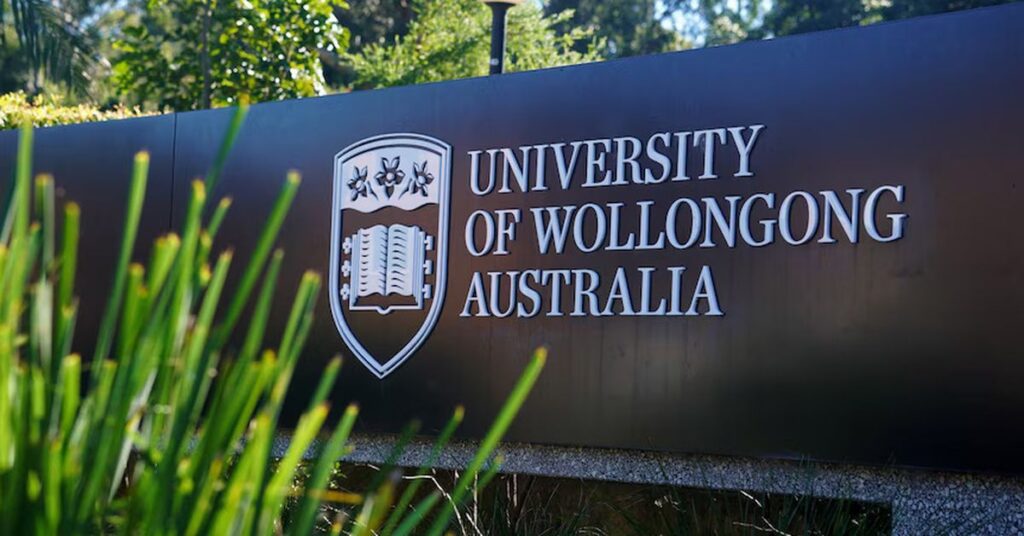
The University of Wollongong (UOW) is facing significant criticism from its staff as it plans to cut up to 95 jobs in an effort to address a $35 million financial shortfall. The controversy erupted as Chancellor Michael Still defended the university’s actions during a Senate inquiry into governance at Australian higher education institutions.
Located on the New South Wales South Coast, UOW serves over 36,000 students. The proposed job cuts have sparked accusations of a lack of transparency, with staff expressing concerns about unanswered questions and potential organizational disruptions. Dr. Jonathon Mackay, an academic from the School of Business and Branch Secretary of the National Tertiary Education Union (NTEU), voiced strong criticism of the university’s handling of the situation.
Staff Concerns and Accusations
Dr. Mackay claimed that the university has been evasive in addressing difficult questions raised by staff. “I have been to countless meetings with staff who are fobbed off by managers and told to raise specific questions with more senior managers, who in turn are unable to answer questions,” he told 9news.com.au.
He further noted the frustration among staff who feel their concerns are being ignored during consultations. “Staff are utterly furious that they get invited to consultations to raise concerns, but then the concerns that the university doesn’t agree with just get ignored,” Mackay added. A senior executive reportedly confirmed this sentiment by stating that feedback they disagreed with would not be addressed.
Chancellor’s Defense
Chancellor Michael Still, appearing before the Senate inquiry, insisted that the university is conducting a thorough and transparent process. “I don’t know what they’re feeling,” he admitted, while asserting, “We are driving the most open, transparent, engaged and careful process one can imagine in any institution.”
Despite Still’s assurances, Dr. Mackay criticized the university for failing to justify the necessity of the cuts and for forcing staff to justify their roles. He highlighted the disproportionate impact on women in lower-paid positions and questioned the financial logic behind the cuts.
“We’ll pay out millions in redundancy packages to save millions in recurrent costs but then incur millions in hiring the same people we gave redundancies to,” Mackay argued.
Executive Salaries and Broader Implications
The proposed cuts have also drawn attention to the high salaries of university executives, which some staff view as incongruent with the need for job reductions. Chancellor Still defended these salaries, stating they are necessary to attract top talent in a competitive environment.
“We need the best people we can get to be the executives of the organisation; that is a competitive environment, and if we don’t offer a competitive salary, they’ll go somewhere else,” he explained. Still emphasized that executive salaries and job losses are separate issues, although he acknowledged the sadness associated with job losses.
Parallel Developments at Other Universities
Meanwhile, similar challenges are unfolding at the University of Technology Sydney (UTS), where Vice Chancellor Andrew Parfitt also appeared at the Senate hearing. UTS recently faced a temporary pause in its own job cuts and course reductions after SafeWork NSW intervened in response to a motion by the NTEU. However, Parfitt reported that this pause has been lifted following adjustments to their communication strategy.
“We’re balancing two stressful circumstances: the stress of people who want to know what the proposal is so that they can engage in a conversation around it, and the stress of those who are potentially uncertain about the process,” Parfitt stated.
The developments at UOW and UTS highlight broader issues within the Australian higher education sector, as universities grapple with financial pressures and the need for transparent governance. The outcomes of these processes will likely have lasting implications for staff, students, and the future of higher education in the region.







